How a Columbia artist-run gallery makes every square foot count
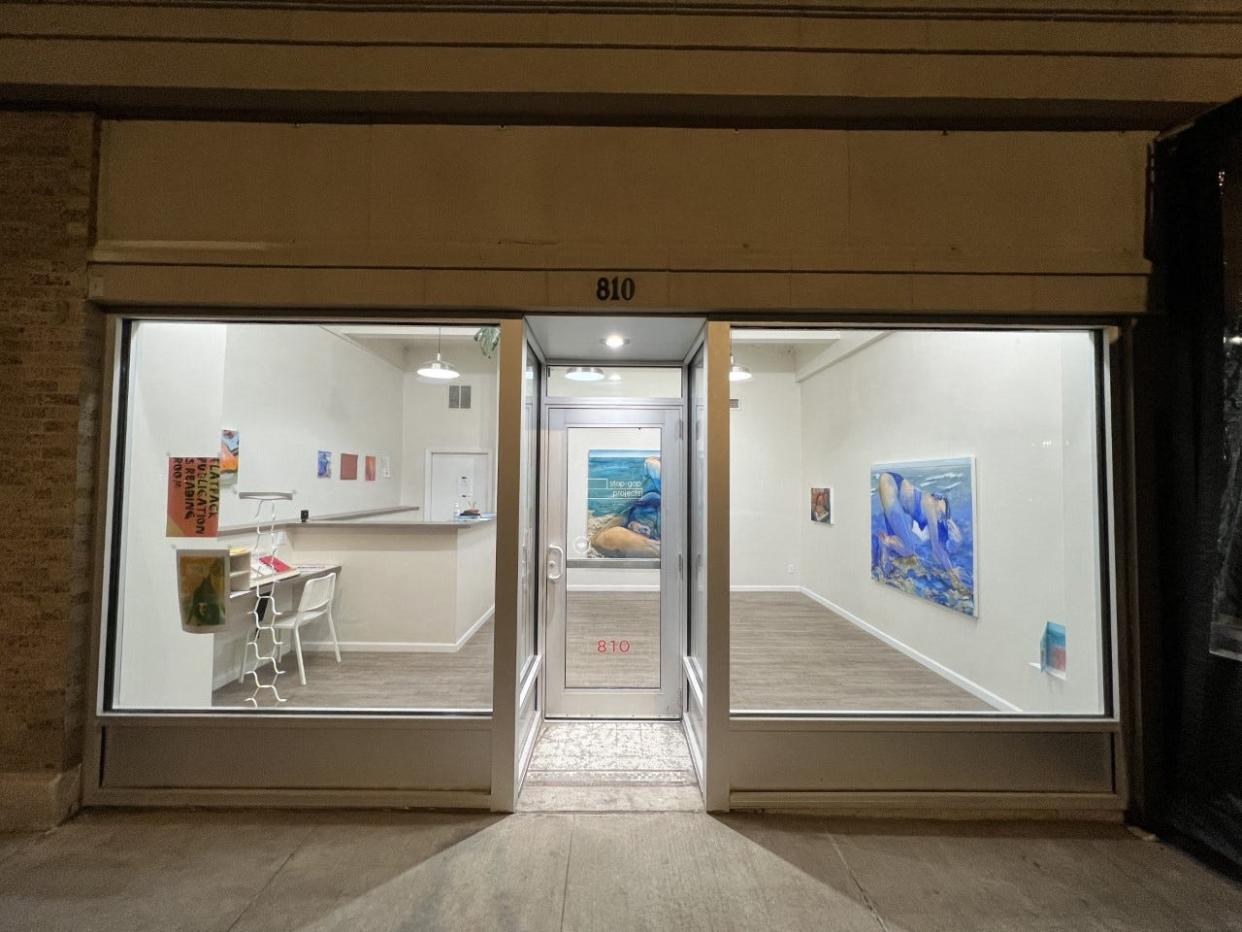
Between the champagne brunch-chic of Room 38 and hollow promise of a characteristic downtown Columbia alley sits a gallery that both lives up to and transcends its name. The artist-run stop-gap projects, now a year into its existence, breathes life, questions and chances at contemplation into every corner of its relatively minute Walnut Street space.
Chasing the creed "minimal but impactful," the collective of half a dozen artists bolstering the gallery take advantage of every day in their space and each square foot they steward. Celebrating their first anniversary, stop-gap organizers count back the course of a year: 10 shows, featuring 15 artists who call a total of 10 states home.
What those numbers only gesture toward is how the gallery's animating artists re-imagine — or even kick against — what an exhibit can be each time the space turns over. Scale and materials are always shifting, organizer Anna Wehrwein said. A stop-gap show might comprise a dozen or more pieces, she said, or contain three. Or even just one.
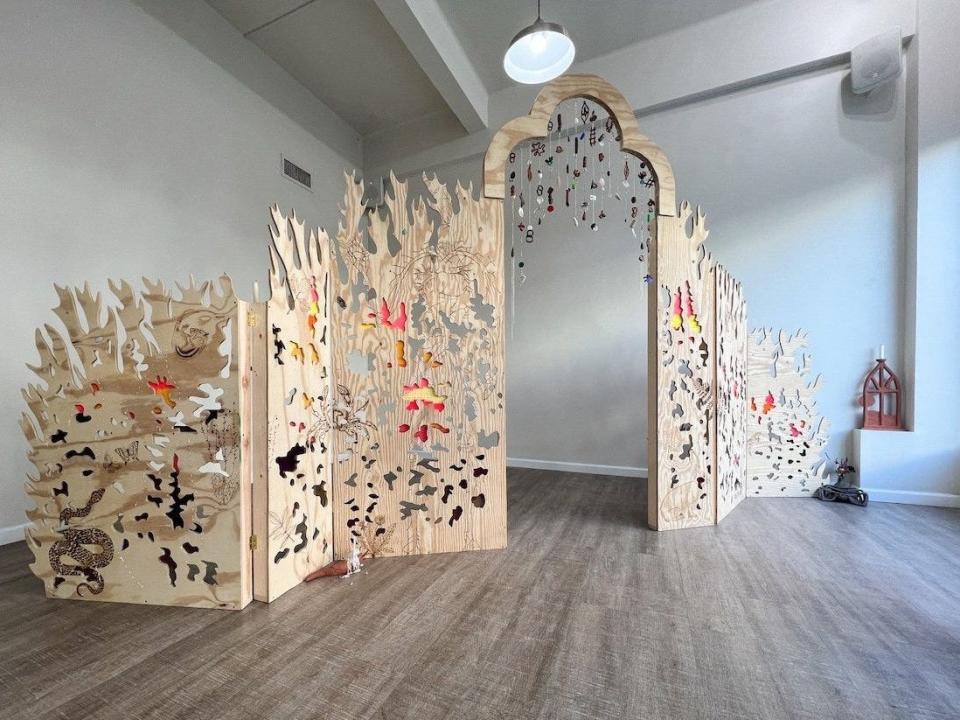
Supposed limitations grant the stop-gap team a distinct sense of freedom.
"The space isn’t going to change, so the work needs to change for it to feel like a new place each time," said Wehrwein, who is an assistant teaching professor of painting and drawing at the University of Missouri. "... Thinking about a small space, I think the initial instinct is to show small work and have it fit — and we’ve really pushed against that."
More:From paintings to concert tickets: An artsy Columbia gift guide
Minding the gaps
Ask Wehrwein and photographer Tony Irons, another member of the artist team, about the gallery's name and layers of meaning keep spilling over. The gallery itself, formerly the home of tech consulting and repair business Gravity, wedges into a particular physical space.
Wehrwein broached the venue while seeking a studio, discovering a different sort of usable space. Discussing the possibilities within, the artist team adopted an "if not now, when" posture.
"I had the confidence that we had enough knowledge, that we knew enough people who had the knowledge, that there was enough interest, that we could just run with it," Wehrwein said.
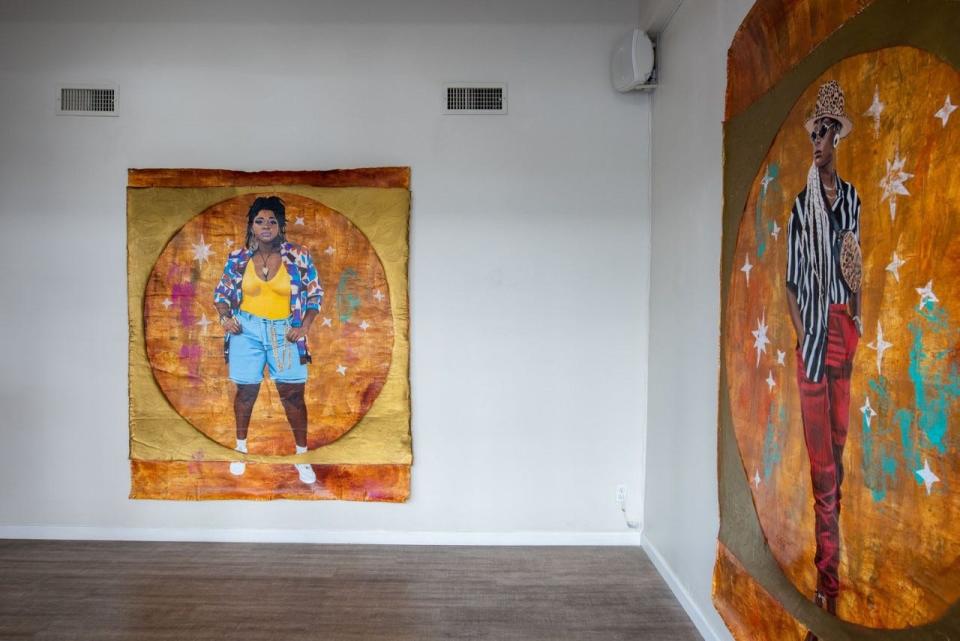
Their chosen name embodied both what felt exhilarating and nerve-wracking about opening a gallery, she said. Calling it stop-gap "gave us permission that (it) was OK" if the gallery only lived through its initial six-month lease or slightly beyond, she said.
Gallery principals want to at least mind the gaps left by the loss of Columbia venues like the MU Craft Studio and Dogwood, Irons said, scrappy spaces which thrived on collaboration and granted artists room to make work.
Running the venue also meets once-unknown needs within the artist team itself, Wehrwein and Irons said — to curate, and to gather new, necessary skills to solve the creative problems each exhibit presents.
More:Missouri holiday markets bring comfort and joy to shopping season
Artists nourishing artists
Materials and media featured at stop-gap include "paintings, sculpture, installation, drawings, tapestry, collage, photography, sound, video and lots of mixed-media work," according to a gallery statement. A regular "reading room" in one corner of the gallery offers up small, printed treasures — artist zines and alternative publications, inventive exhibit guides that are works of art unto themselves.
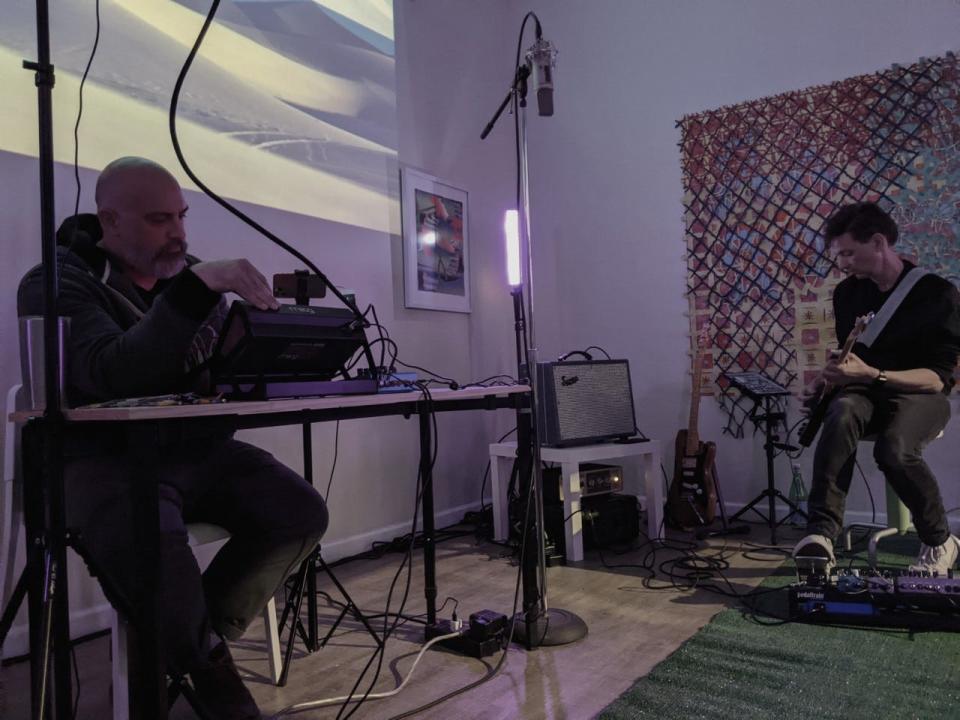
November's show featured the work of Pittsburgh's Barbara Weissberger, who "combines elements of collage, sculpture, and photography to stitch together an altered understanding of space, time and body," according to a gallery guide.
This month, stop-gap hosts an exhibit curated by a pair of Kansas City artists. A traveling show, La Onda examines "Latine/x heritage in the region," the gallery notes, and is part of an ongoing "gallery swap" between artist teams, Wehrwein said.
Other, local stop-gap collaborators include the Columbia Experimental Music Festival as well as neighboring barbershops and food pop-ups.
The first year's worth of exhibits can be mapped based on artist relationships, Wehrwein said, and have highlighted kindred spirits — other artists from decentralized art communities like Columbia.
"That re-kindling of relationship has been so stimulating as a person, but also as an artist," she said.
Also nourishing, the personality of the space itself. Wehrwein walks through the gallery space every time she enters her studio. To begin a day of practice by looking at another artist's creation renews and reframes her own perspective — and yields visual information that might quite literally color her future work, she said.
More:Christmas concerts, guitar masters lead must-see December shows
Art in and out of the space looks different to Irons now, he said. Installing, and sometimes physically navigating around, pieces at stop-gap has altered his perception for the better, he said.
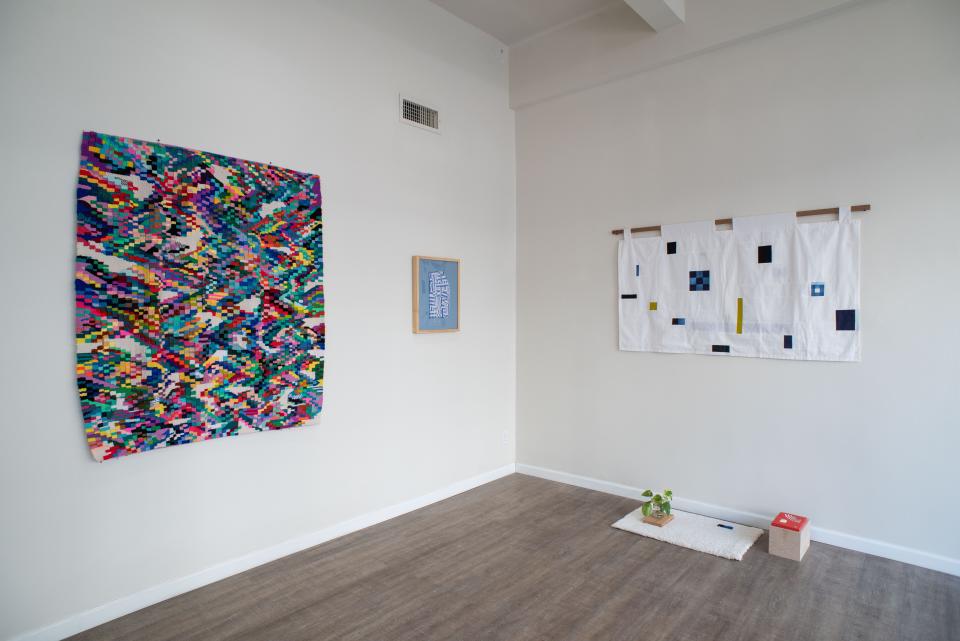
And the lovely confluences — some accidental, some intentional — that alight upon a given show shrink gaps in the experience of art, the two testified. The ways viewers move in space; the feel of astroturf across the floor in one exhibit; the images cast upon a video screen; or the nightly phenomenon of streetlights coming alive and beaming through the front windows all change their way of seeing and knowing.
Like the gallery itself, those changes may or may not be temporal but their effects endure.
Stop-gap is typically open on the First Friday of each month, and by appointment. Learn more about the gallery at https://www.stop-gap-projects.com/ or via its Instagram at https://www.instagram.com/stop_gap_projects/.
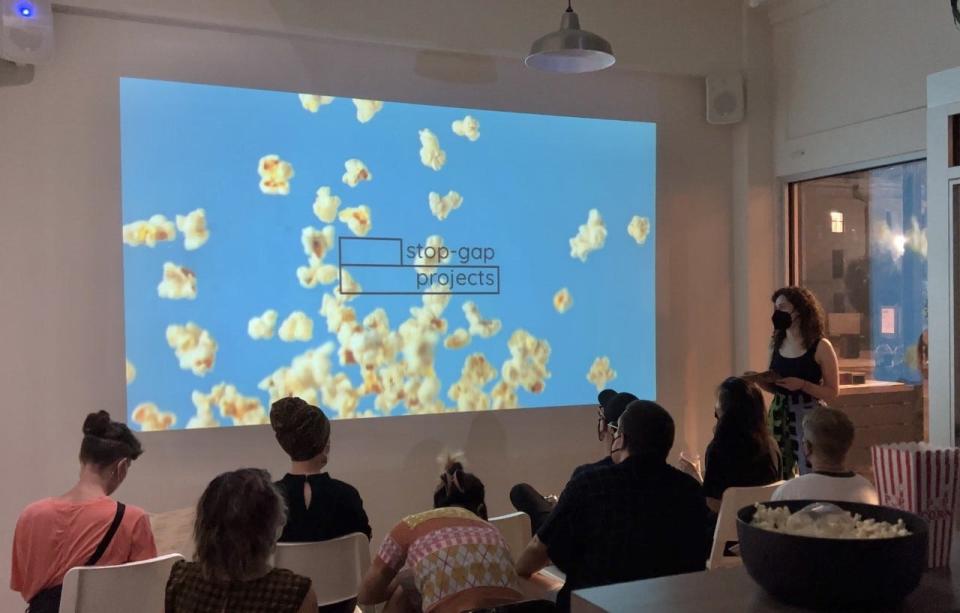
Aarik Danielsen is the features and culture editor for the Tribune. Contact him at adanielsen@columbiatribune.com or by calling 573-815-1731. Find him on Twitter @aarikdanielsen.
This article originally appeared on Columbia Daily Tribune: How stop-gap projects make the most of every Columbia art gallery show

